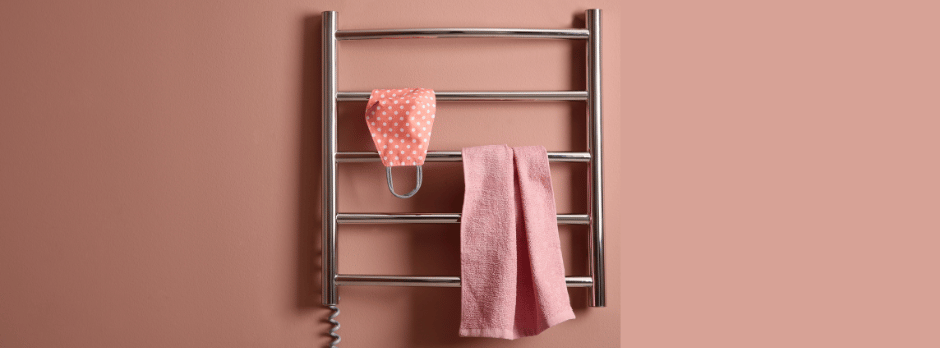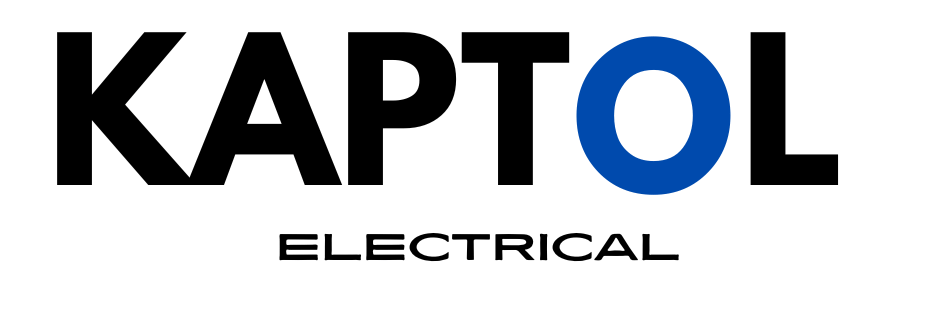MICRO INVERTERS AND AC SOLAR PANELS: THE FUTURE OF SOLAR POWER?
MICRO INVERTERS AND AC SOLAR PANELS: THE FUTURE OF SOLAR POWER?

When solar panels began they produced electricity as Direct Current (DC) – this is the same type of electricity we get from batteries.
It was necessary to convert this power to Alternating Current (AC) to make it useful for powering appliances or connecting to the power grid. To make this conversion to from Direct Current to Alternating Current (AC) an inverter was required.
When systems were connected to the grid, the solar panels were connected together in series to create higher voltage DC, which helps reduce losses.
This process created some problems and that’s why the Micro Inverter was invented.
What is a Micro Inverter?
A micro-Inverter is simply a miniature inverter.
They are designed to suit individual solar panels rather than a string of solar modules.
Inverters are not new, they first appeared in the late 1990’s but they were considered too early and they suffered from high prices and reliability issues. During the last few years they have regained popularity and are starting to become more 'mainstream'.
There are many different manufacturers of micro inverters around the World, around 21.
Here's some information to help you become familiar with Micro Inverters.
What are AC Solar Panels?
An AC solar panel is simply a solar panel that has been fitted with a micro inverter so that it produces Alternating Current instead of Direct Current.
What is a Series String array?
Most of the modern solar panels installed in Australia are configured in a series string.
This involves a large inverter and a lot of DC voltage. If that high DC arcs it can produce a surge and possibly even a fire.
What is a AC Solar Panel or Micro Inverter array?
What’s good about AC Solar Panels and Micro Inverters?
The traditional way of connecting solar panels together, in a string, is complex.
There are a number of ways Micro Inverters can help simplify the process:
- High Voltage DC
High Voltage DC produced by a series string solar power system can create a risk of very high temperature arcing and potentially fire.
Micro Inverters convert the power to 240V AC which reduces considerably the risk of arcing or fire.
- Switchgear
High voltage DC requires expensive protective switches and fuses. AC switchgear is more commonly available and therefore cheaper.
- Shading
When solar panels are connected together in a series string, shading just one of them can considerably affect the entire array.
For example: Let's say you have an array of 3 solar panels connected to a conventional, central inverter. If one of the panels is 'pooed on' by a bird, the output of the panel could easily be reduced 50%. When set up this way, the output of all other panels can be reduced by the same amount.
However, having a Micro Inverter installed on each solar panel, the outputs are completely independent of each other.
Therefore, that 'bird poo' will only affect the soiled panel.
- Solar panel mismatch
When solar panels are made, due to imperfect manufacturing tolerances, they can have slightly different electrical characteristics .
When you connect them together in series string, this effect is called “mismatch”.
Micro inverters can adapt to the individual characteristics of each panel, avoiding this mismatch.
- Maximum Power Point Tracking
Much like the effect of mismatch, different electrical characteristics can create different Maximum Power Points for each solar panel. The maximum Power Point is the perfect point for extracting maximum power from a solar panel and micro inverter attached to individual solar panels can therefore target this point better.
- Monitoring and fault finding
Almost all inverters have some level of monitoring and fault finding. The problem is, they can only see the combined output from every solar panel in the series string.
When using a micro inverter, each solar panel is monitored individually. This allows you to easily identify any potential problems.
- Factory fitted
Assembling and connecting components in a controlled factory environment is more efficient and can potentially save time and money.
- Redundancy
If your system is designed in series string and the inverter develops a fault, your total solar array stops producing power until it is fixed. If a micro inverter develops a fault, the other units will continue to operate. You will have a more reliable system.
- Modularity
Series string inverters are limited to a specific number of solar panels per inverter and it is not always possible to simply add a few more panels if required.
However, AC Solar Panels can be added much more easily because they are independent of each other.
- Orientation
If your solar panels are set up in a series string, all your panels need to be facing in the same direction so they are combining to produce the right voltage at the same time.
Because AC solar panels operate independently, they can be oriented in any direction and will not affect the operation of other solar panels.
What are the disadvantages of AC panels and micro inverters?
Here are some of the downsides of AC Panels and micro inverters.
- They are on your roof
If something goes wrong with your micro inverter, someone has to go onto the roof and disconnect it from under your solar panel. This can add time and cost, compared to simply taking a series string inverter off the wall.
- Weather effects
Micro Inverters are on the roof.
Although they are mounted under the solar panels they still suffer from extremes of weather including heat, cold and moisture. To survive these harsh conditions they need to be carefully built and in many cases, use electronic components that are more robust than would otherwise be required.
Electronic devices generally have reduced efficiently and a shorter life when exposed to extremes of temperature.
- Efficiency
Micro inverters have not yet reached the same efficiency levels of series string inverters, so they can’t convert as much solar energy into electrical energy.
- Price
Micro inverter systems are more expensive and will add about 20-30% more to the cost of a solar power system compared a conventional string inverter system.
When is an AC Solar Panel or Micro Inverter a better choice?
As we have highlighted, there are quite a few advantages to AC solar panels using micro inverters.
The most common reason you would choose AC solar panels using micro inverters is because you have shading issues or you need to use different orientations on your roof to generate the power you require.
Micro inverters are becoming more a more popular choice because people are prepared to pay a premium to avoid mismatch, increase their redundancy and allow for future expansion.
Some people just love having the latest, newest technology.
There is no doubt, if you have shading issues or sub optimal orientation, micro inverters are an ideal choice because they will produce more energy and could save you money in the long term .
In summary, micro inverters are a personal choice about how much you are prepared to pay balanced against the extra features and advantages.
Who sells AC solar panels and micro inverters?
There are quite a few Micro Inverter manufacturers around the world including:
- Apparent
- Delta
- Sparq
- Kaco
- ABB
- Array Converter
- GreenRay Solar
- Azuray Technologies
- Petra Solar
- Direct Grid
- Accurate Solar
- OKE/SMA
- Exeltech
- National Semiconductor
- Larankelo
- Enphase
- Plug & Power
The most common ones in Australia are Enphase and APS.
There is an increasing number of big name PV companies around the world who have partnered with micro inverter companies to produce and sell AC solar panels.
These include:
Trina Solar
BenQ
LG
Canadian Solar
Suntech
SunPower
NESL
Hanwha SolarOne
Sharp
Many local distributors and dealers can access micro inverters and fit them most solar systems.
In Conclusion
For those of you who might be tempted to install the AC inverters yourself as a DIY project, definitely not!
You are dealing with 240V AC power and a licenced electrician is still required to connect them.
If that's not enough, to qualify for the rebates you will need an accredited installer.
Once the cost of inverter equipped AC solar panels comes down we will see much more of a widespread take up.
They solve quite a few problems surrounding current designs and eventually we will see the old centralised inverters become redundant.
You might also like





